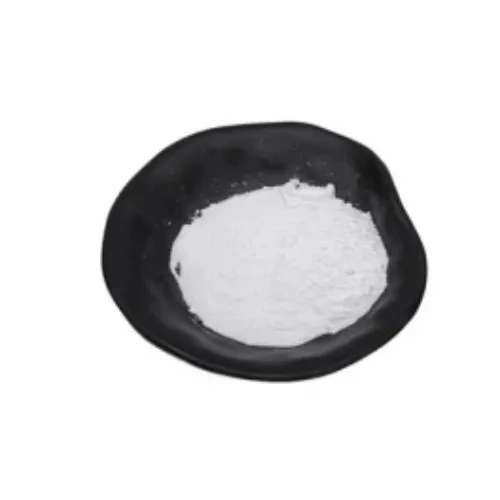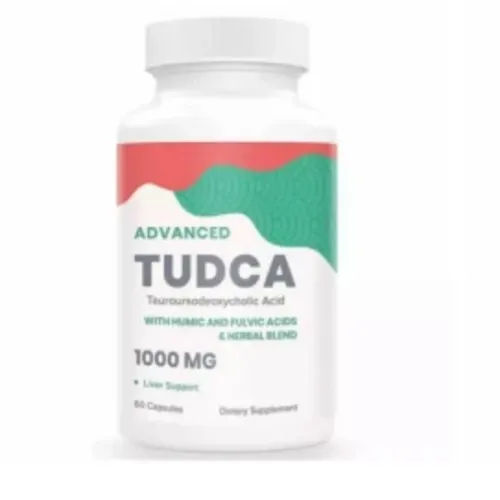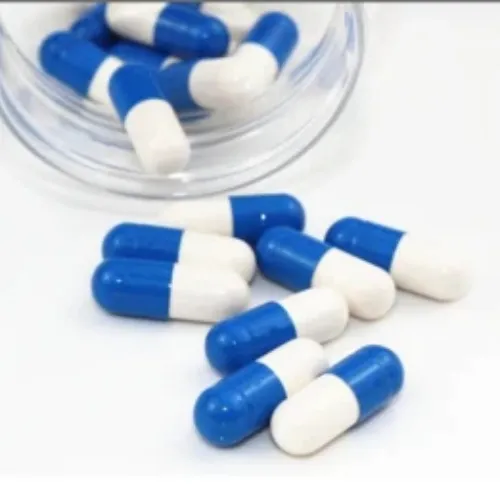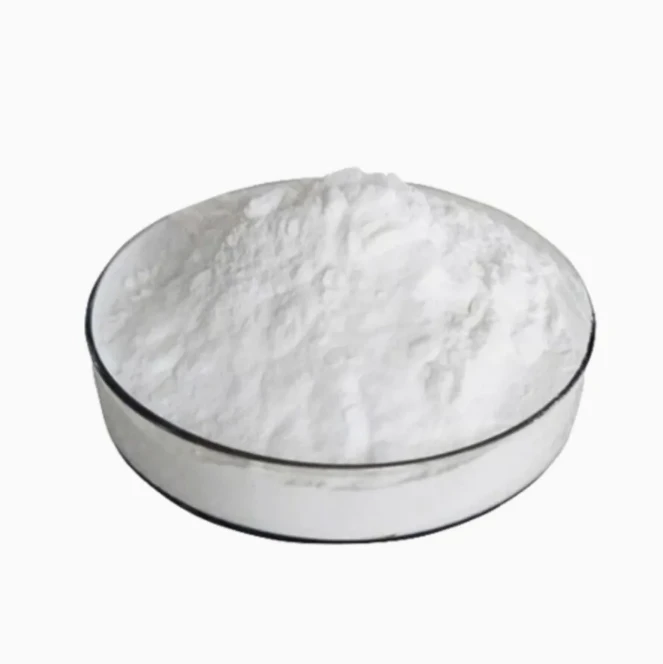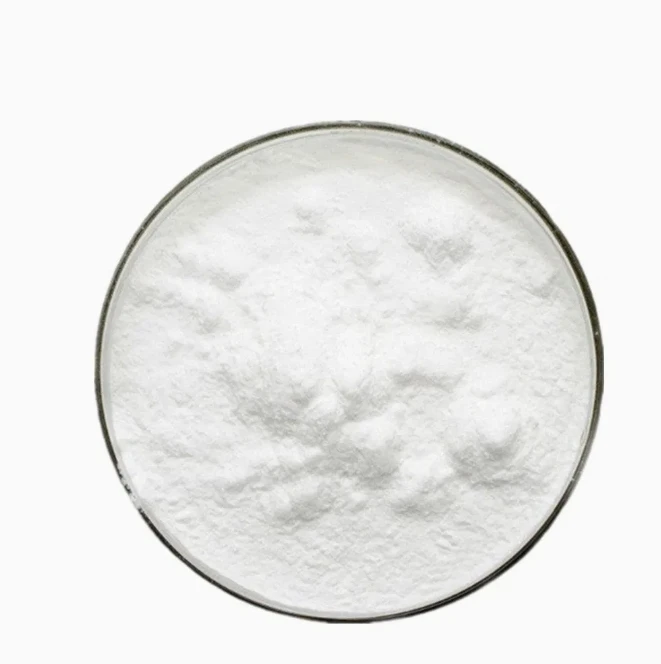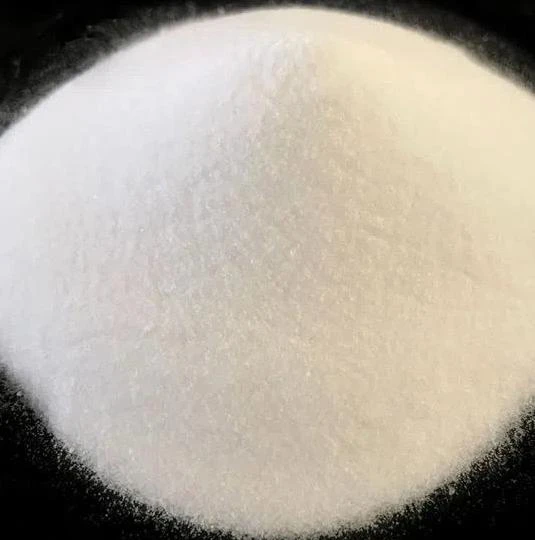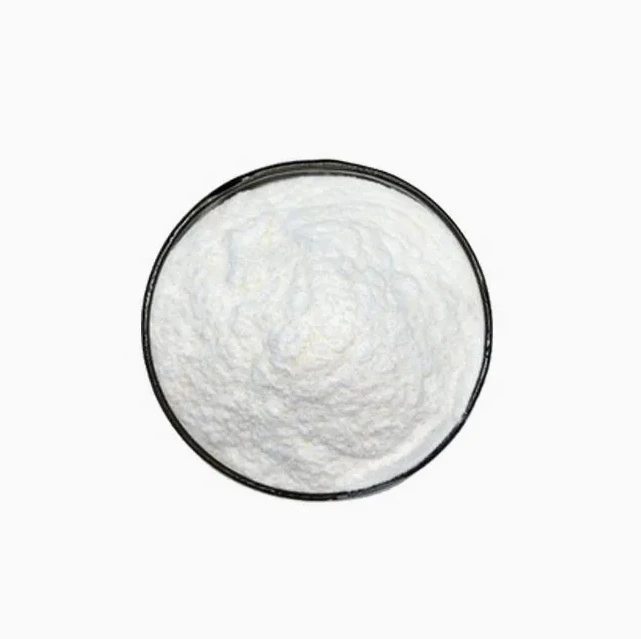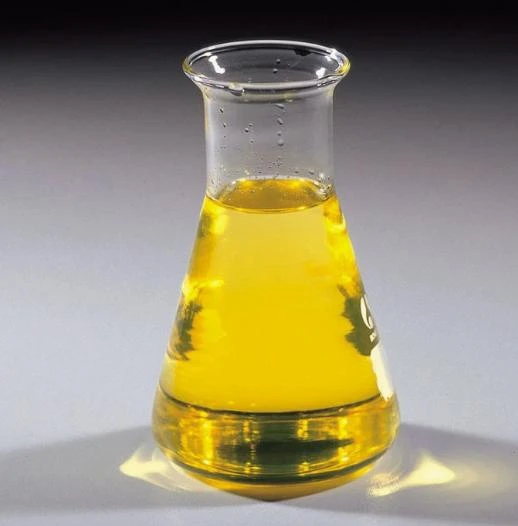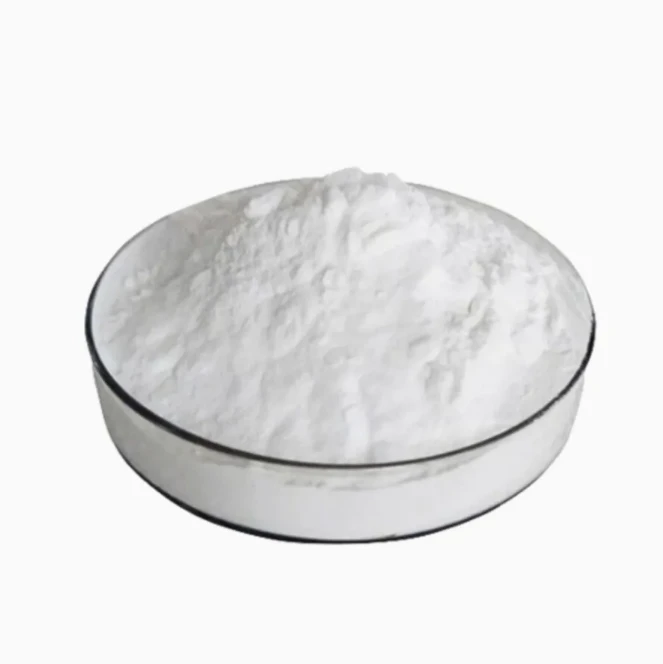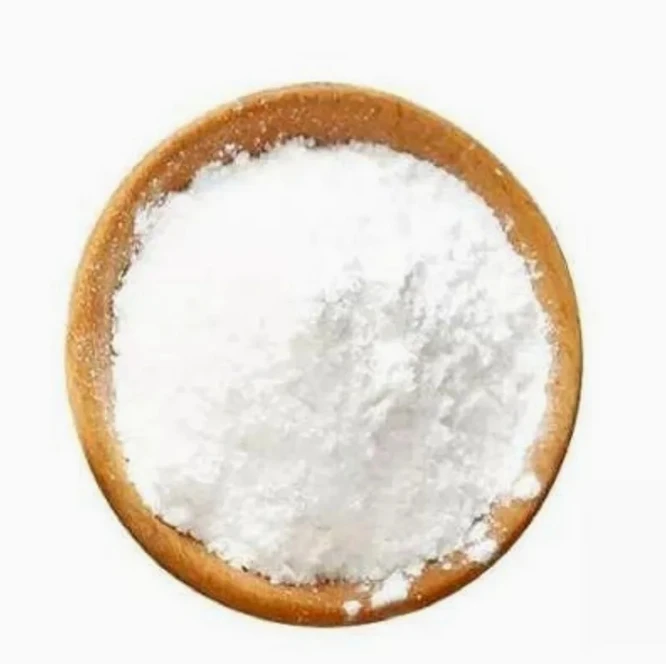Warning: Undefined array key "title" in /home/www/wwwroot/HTML/www.exportstart.com/wp-content/themes/1198/header.php on line 6
Warning: Undefined array key "file" in /home/www/wwwroot/HTML/www.exportstart.com/wp-content/themes/1198/header.php on line 7
Warning: Undefined array key "title" in /home/www/wwwroot/HTML/www.exportstart.com/wp-content/themes/1198/header.php on line 7
Warning: Undefined array key "title" in /home/www/wwwroot/HTML/www.exportstart.com/wp-content/themes/1198/header.php on line 7
- Afrika
- Albania
- Amharic
- Arabic
- Armenian
- Azerbaijani
- Basque
- Belarusian
- Bengali
- Asụsụ Bosnia
- Bulgarian
- Catalan
- Cebuano
- China
- China (Taiwan)
- Corsican
- Asụsụ Croatia
- Czech
- Danish
- Dutch
- Bekee
- Esperanto
- Estonia
- Asụsụ Finnish
- French
- Onye Frisian
- Onye Galisi
- Asụsụ Georgian
- German
- Grik
- Gujarati
- Haitian Creole
- hausa
- Hawaian
- Hibru
- Mba
- Miao
- Asụsụ Hungarian
- Aislandi
- igbo
- Asụsụ Indonesian
- Irish
- Ịtali
- Japanese
- Asụsụ Javanị
- Kannada
- kazakh
- Khmer
- Onye Rwandan
- Korean
- Kurdish
- Kyrgyz
- TB
- Latịn
- Latvia
- Lithuania
- Luxembourgish
- Masedonia
- Malgashi
- Malay
- Malayalam
- Malta
- Maori
- Marathi
- Mongolian
- Myanmar
- Nepali
- Norwegian
- Norwegian
- Occitan
- Pashto
- Asụsụ Persia
- Polish
- Portuguese
- Punjabi
- Romanian
- Russian
- Samoan
- Scottish Gaelic
- Asụsụ Serbian
- Bekee
- Shona
- Sindhi
- Sinhala
- Slovak
- Slovenian
- Somali
- Spanish
- Asụsụ Sudan
- Swahili
- Swedish
- Tagalog
- Tajik
- Tamil
- Tatar
- Telugu
- Thai
- Turkish
- Turkmen
- onye Ukraine
- Urdu
- Uighur
- Uzbek
- Vietnamese
- Welsh
- Enyemaka
- Yiddish
- Yoruba
- Zulu
Tauroursodeoxycholic Acid
Tauroursodeoxycholic acid (TUDCA) is an ambiphilic bile acid. It is the taurine conjugate form of ursodeoxycholic acid (UDCA). Humans are found to have trace amounts of TUDCA. Ongoing research is finding TUDCA has diminishing apoptotic effects, with potential application in heart disease, Huntington's disease, Parkinson's disease, amyotrophic lateral sclerosis and stroke. Recently, TUDCA has been found to have protective effects in the eye, especially concerning retinal degenerative disorders.
Ngosipụta ngwaahịa
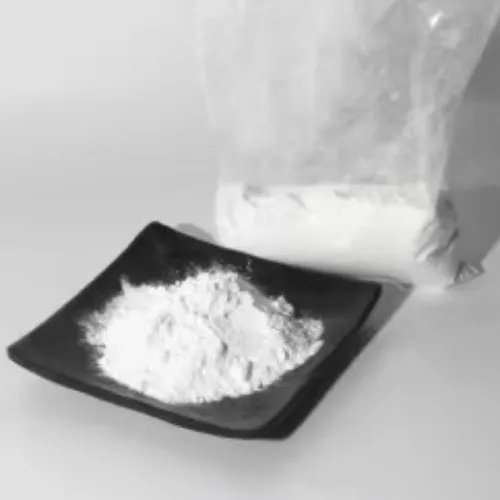
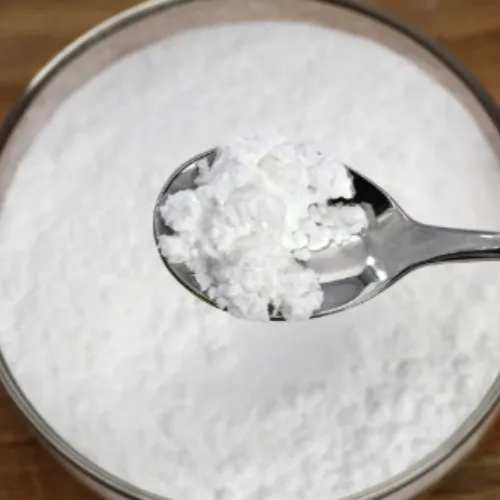
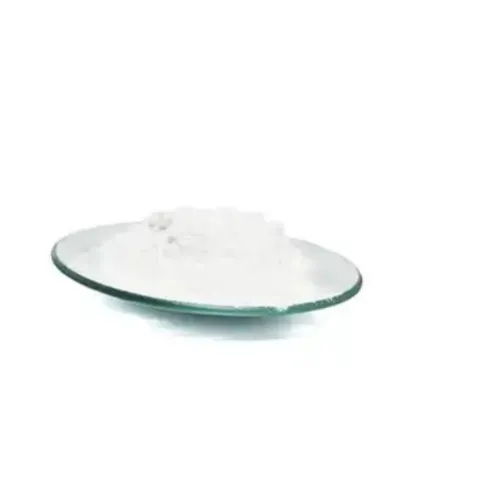
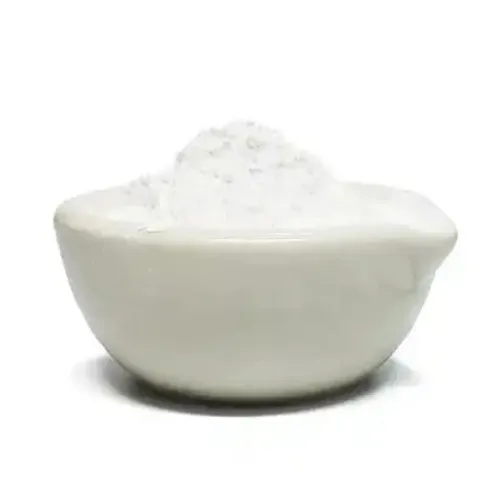
1.Product name: TUDCA
2.Purity: 99%
3.Appearance: White or off-white crystalline powder
4.CAS No.: 14605-22-2
5.Molecular formula:C26H45NO6S
6.Test Method: HPLC
7.Introduction:
Tauroursodeoxycholic Acid (TUDCA) is a liver aid. It looks like a good resource for preventing cholestasis, one of the major risks with 17 alkylated steroids.
Tauroursodeoxycholic Acid (TUDCA) is an ambiphilic bile acid. It is the taurine conjugate form of ursodeoxycholic acid (UDCA). Humans are found to have trace amounts of TUDCA. However, bears contain large amounts of TUDCA in their bile.
TUDCA has diminishing apoptotic effects, helping with cardiac function, Huntington's disease, Parkinson's Disease, and stroke. Recently, TUDCA has been found to have protective effects in the eye, especially concerning retinal degenerative disorders.
- TUDCA is mainly used in patients with sterol gallstones, cholestatic liver diseases (e.g.: primary biliary cirrhosis), bile reflux gastritis, autoimmune hepatitis (AIH), primary biliary cirrhosis (PBC), primary sclerosing cholangitis (PSC), chronic hepatitis (hepatitis B and C, etc.), alcoholic fatty liver disease, non-alcoholic fatty liver disease, drug-induced liver damage, pre - and post liver transplantation prophylaxisChemotherapy complications, and so on.
TUDCA is mainly used in a variety of neurodegenerative diseases, such as Alzheimer's disease, Parkinson's disease and Huntington's disease, it can be used as a mitochondrial stabilizer and anti apoptosis agent.
3. TUDCA can be used as lipase accelerant, anion remover, protein dissolver and bacterial culture medium.
Anyị nwere ọtụtụ ụlọ ọrụ dị elu nke nwere nkwado miri emi, nke nwere ike inye gị ngwaahịa dị elu na ọnụ ahịa asọmpi. Anyị nwekwara ike inye ego maka nnukwu ịzụrụ ihe. Anyị na-akwado ọtụtụ ụlọ ọrụ na-ebuga ibu ndị ọkachamara, nwere ike ịnapụta ngwaahịa n'enweghị nsogbu na aka gị. Oge nnyefe bụ ihe dịka ụbọchị 3-20 mgbe nkwenye nke ịkwụ ụgwọ gasịrị.
|
Items |
Ụkpụrụ |
Nsonaazụ |
|
Physical Analysis |
||
|
Description |
White Powder | Na-akwado |
|
Nyocha |
99% | Na-akwado |
|
Mesh Size |
100 % pass 80 mesh | Na-akwado |
|
Ash |
≤ 5.0% | 2.85% |
|
Ọnwụ na ihicha |
≤ 5.0% | 2.65% |
|
Chemical Analysis |
||
|
Heavy Metal |
≤ 10.0 mg/kg |
Na-akwado |
|
Pb |
≤ 2.0 mg/kg |
Na-akwado |
|
Dị ka |
≤ 1.0 mg/kg | Na-akwado |
|
Hg |
≤ 0.1mg/kg | Na-akwado |
|
Microbiological Analysis |
||
|
Residue of Pesticide |
Ihe ọjọọ | Ihe ọjọọ |
|
Ngụkọta ọnụ ọgụgụ efere |
≤ 1000cfu/g | Na-akwado |
|
Yeast&Mold |
≤ 100cfu/g | Na-akwado |
|
E.coil |
Ihe ọjọọ |
Ihe ọjọọ |
|
Salmonella |
Ihe ọjọọ |
Ihe ọjọọ |
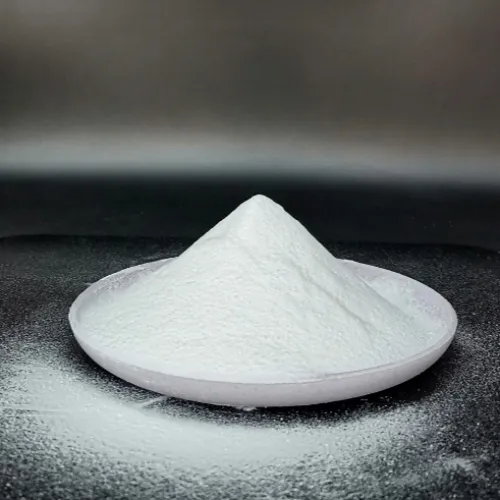
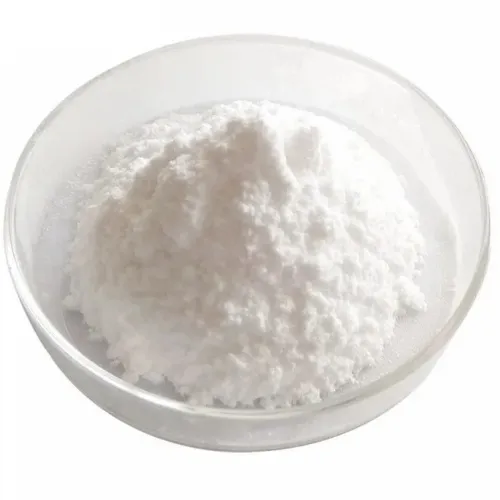
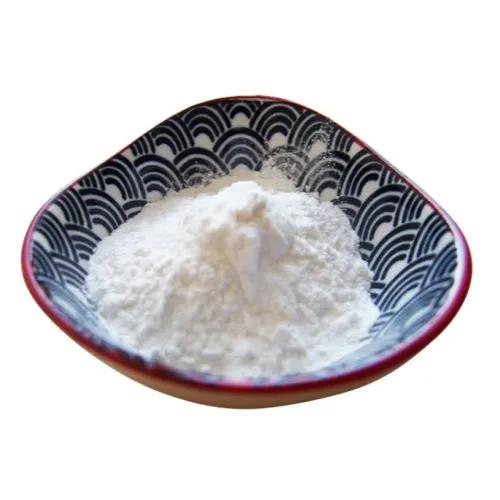
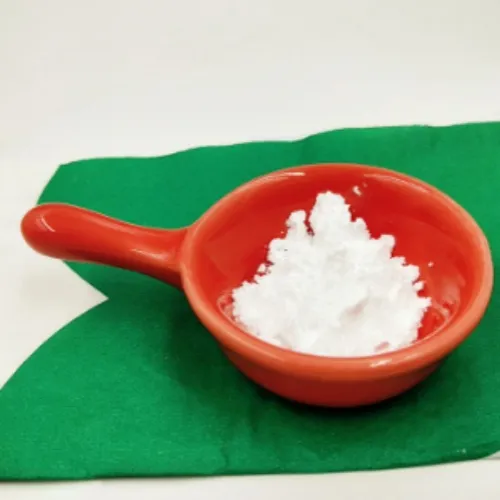
Taurodeoxycholic acid is a bile salt formed in the liver by conjugation of deoxycholate with taurine, usually as the sodium salt. Bile acids are steroid acids found predominantly in the bile of mammals. The distinction between different bile acids is minute, depending only on the presence or absence of hydroxyl groups on positions 3, 7, and 12. Bile acids are physiological detergents that facilitate excretion, absorption, and transport of fats and sterols in the intestine and liver. Bile acids are also steroidal amphipathic molecules derived from the catabolism of cholesterol. They modulate bile flow and lipid secretion, are essential for the absorption of dietary fats and vitamins, and have been implicated in the regulation of all the key enzymes involved in cholesterol homeostasis. Bile acids recirculate through the liver, bile ducts, small intestine and portal vein to form an enterohepatic circuit. They exist as anions at physiological pH and, consequently, require a carrier for transport across the membranes of the enterohepatic tissues. The unique detergent properties of bile acids are essential for the digestion and intestinal absorption of hydrophobic nutrients. Bile acids have potent toxic properties (e.g. membrane disruption) and there are a plethora of mechanisms to limit their accumulation in blood and tissues Taurodeoxycholic acid can be found in Escherichia
Ụdị ngwaahịa
-
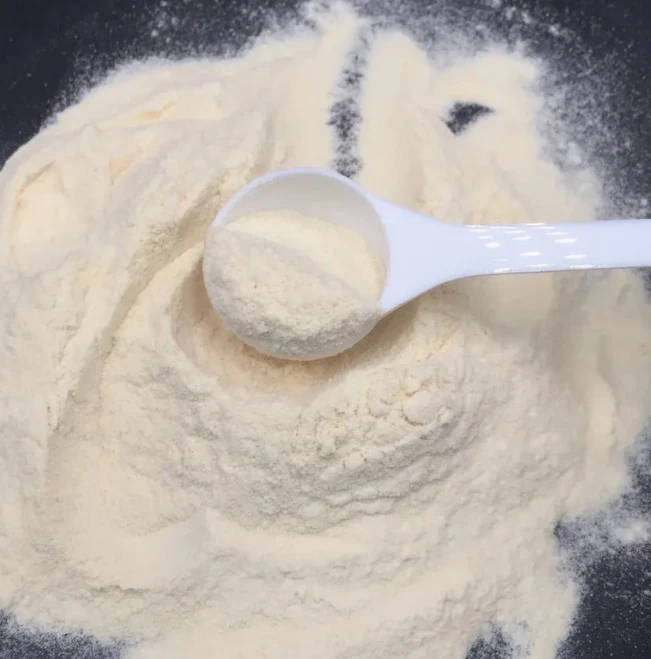 Jun . 06, 2025Xanthan Gum Replacement and Powder InsightsReplacing xanthan gum, understanding xanthan gum gum properties, and selecting high-quality xanthan gum powder are critical considerations for food manufacturers and formulators.
Jun . 06, 2025Xanthan Gum Replacement and Powder InsightsReplacing xanthan gum, understanding xanthan gum gum properties, and selecting high-quality xanthan gum powder are critical considerations for food manufacturers and formulators. -
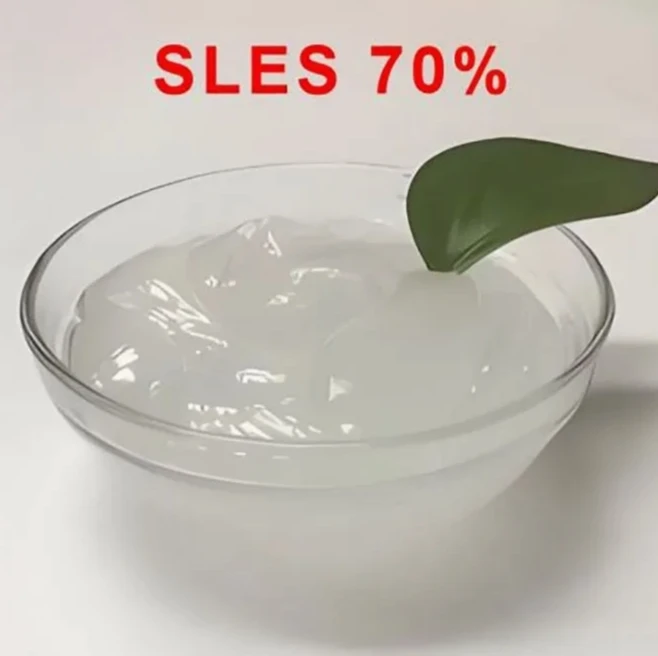 Jun . 06, 2025Exploring SLES 70 in DepthSles 70, sodium lauryl ether sulfate 70, and sodium lauryl sulfate 70 are among the most widely used surfactants in personal care and cleaning product formulations.
Jun . 06, 2025Exploring SLES 70 in DepthSles 70, sodium lauryl ether sulfate 70, and sodium lauryl sulfate 70 are among the most widely used surfactants in personal care and cleaning product formulations. -
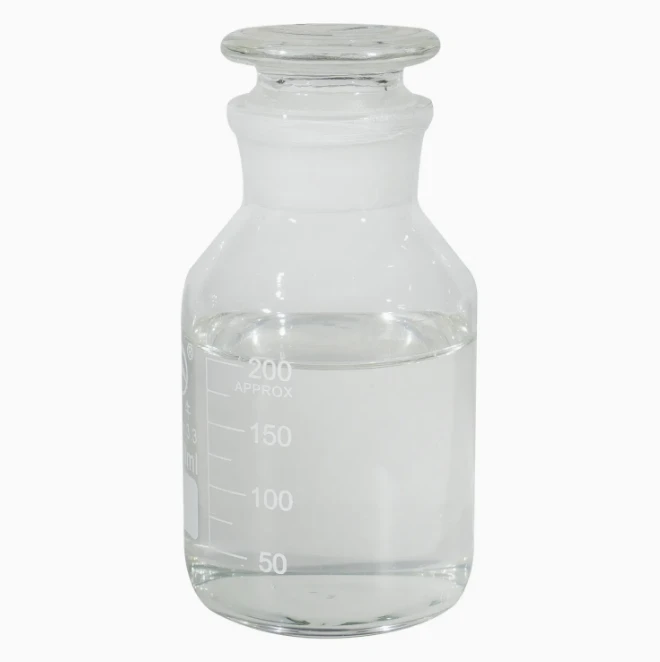 Jun . 06, 2025E1520 Propylene Glycol Uses and Consumption PatternsE1520 propylene glycol, commonly known as propylene glycol, is a versatile chemical compound with extensive applications across multiple industries.
Jun . 06, 2025E1520 Propylene Glycol Uses and Consumption PatternsE1520 propylene glycol, commonly known as propylene glycol, is a versatile chemical compound with extensive applications across multiple industries.


